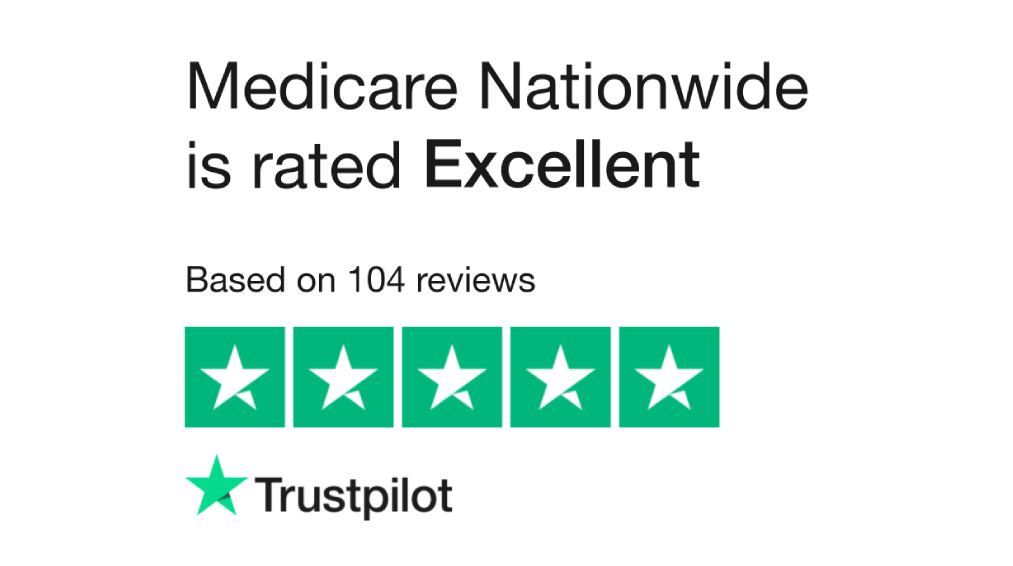
Issue Age vs Attained Age Policy
Issue Age
Issue Age-rated states are those in which you are “locked” in at the age at which you get your policy. For instance, if you get your policy at age 65, you will always be charged 65-year-old rates. The premium can still go up every year, not because of your age, but because of several other factors including companies’ claims loss ratio, inflation, and many other factors. We find that issue-age states tend to have higher nationally averaged premiums but are much more stable over time. Issue age states are the most important in making an informed decision on which plan and company you choose. This is because if you decide to switch plans or companies later, you will pay the premiums to reflect that age and lose your previous issue age.
Advantages:
- Premiums are usually lower when the policy is issued at a younger age. You lock in a lower rate, and it remains the same throughout the life of the policy.
- Over time, you may pay less in total premiums compared to an attained age policy if you keep the policy for an extended period.
Considerations:
- The initial premium might be higher than for an attained age policy if you purchase at an older age.
Attained Age
Attained age-rated states are those in which the premium always reflects your age. As you age, your risk is greater, and your premiums reflect that risk. In these states, you will find that premiums start low at age 65, but tend to go up 4% or more every year with the chance of having 2 rate increases in the same year. One increase for age and another increase for reasons outlined above. Attained age states make shopping around every year worth your while as you are never locked into an age-like issue age states. Some companies still vow only to give one rate increase per year. Be sure to ask your agent which companies those are.
Advantages:
- The initial premium may be lower if you purchase the policy at an older age compared to an issue-age policy at the same age.
- The policy might be more affordable in the short term if you don’t plan to keep it for a long duration.
Considerations:
- Premiums typically increase as you age, so the policy can become more expensive over time.
- If you plan to keep the policy for a long period, you may end up paying more in total premiums compared to an issue-age policy.
This appointment is meant to alleviate any concerns and there is no-cost or obligation to make a change.
Community Rated
Community age states are those that charge the same premium no matter your age or gender. A male at age 80 will pay the same premium as a female at age 65 for the same plan and company. Premiums tend to be higher than the national average in these states since the premium is weighted between all ages and genders.
Advantages:
- Premiums are determined by factors related to the entire community or geographic area, leading to uniform premiums for all members within that community.
- This approach can provide stability and affordability for individuals with varying health statuses.
Considerations:
- Some argue that community-rated policies may result in higher premiums for healthier individuals compared to other rating methods, potentially leading to a sense of unfairness.
It’s important to carefully evaluate your individual needs and consult with a financial advisor or insurance professional who can help you make an informed decision based on your specific circumstances.
How to Know Which Rating Method Applies in Your State
Before choosing a Medicare Supplement plan, it’s crucial to understand which rating method—Issue Age, Attained Age, or Community Rated—applies in your state. This can significantly impact how your premiums evolve over time. You can typically determine your state’s rating type by:
Visiting your state’s Department of Insurance website
Consulting with a licensed Medicare insurance agent
Reviewing official Medicare publications for your state
States like Florida and Georgia use Issue Age ratings, while Texas and Arizona use Attained Age. States such as New York and Vermont use the Community Rated method. Understanding this upfront can help avoid surprises down the road.
Which Rating Type Is Best for You?
There’s no one-size-fits-all answer when choosing between Issue Age, Attained Age, or Community Rated plans—it depends on your health, budget, and long-term coverage goals.
If you’re planning to keep your plan long-term, Issue Age policies can save you more over time.
If you’re focused on a lower initial premium, Attained Age may seem appealing but comes with age-based increases.
If you live in a Community Rated state, comparing insurers on customer service and rate increase history becomes more important since age doesn’t affect pricing.
Before enrolling, weigh both the short-term affordability and long-term costs of each rating method with the help of a trusted advisor.
Conclusion
Understanding the differences between Issue Age, Attained Age, and Community Rated policies is essential when selecting the right Medicare Supplement plan. Each rating method affects how your premiums are calculated over time and can significantly impact your long-term healthcare costs. While Issue Age policies offer stability by locking in your entry age rate, Attained Age policies may start off more affordable but increase steadily as you grow older. Community Rated plans provide equal premiums regardless of age or gender, promoting fairness but potentially costing more upfront for younger, healthier individuals.
Choosing the best plan involves more than just comparing monthly premiums—it requires considering how those premiums will change over time based on your age, location, and overall health outlook. Working with a knowledgeable insurance advisor can help you navigate these rating systems, evaluate your options, and make a confident, informed decision that supports your financial and healthcare needs both now and in the years to come.
Prefer to chat by phone? Give us a call at 1-888-559-0103.

